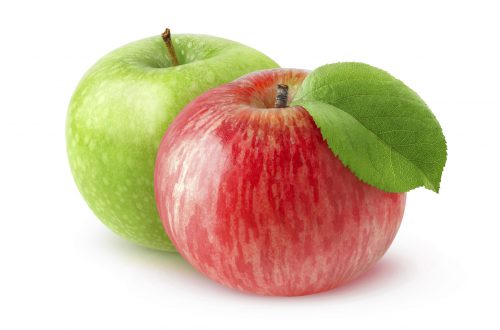
Comparative claims are common on food packages. Such claims might say a food has ‘25 per cent less fat’, is ‘lite’, or has ‘increased fibre’. They should help to inform the decision-making of consumers interested in making healthier choices. But when can you make a comparison, legally speaking? Ciska de Rijk and Gwendoline Keel, food law specialists at Simpson Grierson, explain what the rules are.
What’s the law got to say?
In New Zealand, the Food Code (enforced by the Ministry for Primary Industries) and the Fair Trading Act 1986 (enforced by the Commerce Commission) both apply to comparative claims about food.
Where’s the line in the sand?
Standard 1.2.7 of the Food Code contains thresholds that foods must meet to make a comparative claim. For example, if a product makes the claim of ‘reduced salt’, it must contain at least 25 per cent less salt than in the same amount of the food it is being compared against. The Food Code also requires a comparative claim to identify the food it is being compared against (known as the ‘reference’ food) and set out the difference between the claimed nutrient (here, salt,) in the claimed food and the reference food.
Under the Fair Trading Act, the comparative claim must be true, not misleading, and be capable of being substantiated by the company making it. It should also be clear to the consumer what comparison is being made, and it must be to ‘like’ products or services available in the same market. Simply put, companies have to follow the ‘apples with apples’ rule. Any ‘fine print’ or statements qualifying the comparison must also be easy to spot, read and understand. Whittaker’s comparative advertising campaign in response to Cadbury’s announcement about downsizing their chocolate bar size is a good example of how to get it right. The advertisement compared Cadbury and Whittaker’s family-sized dairy milk chocolate bars by simply comparing their weight, percentage of cocoa and country of origin.
Consumer tip
Comparative claims don’t necessarily mean you’re making a healthier purchase. Ask yourself what the product is being compared to, and whether that comparison is meaningful to you. Read the packaging carefully, and visit the food producer’s website for more detailed information about the product or to ask questions.
www.healthyfood.com










